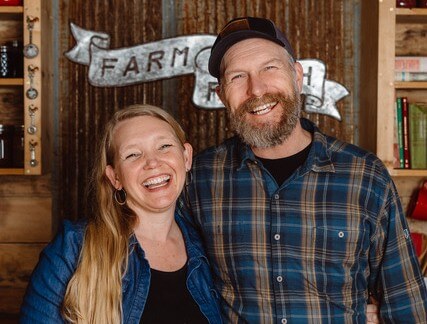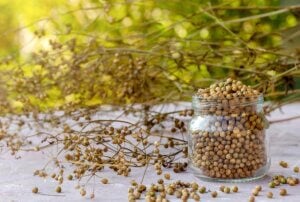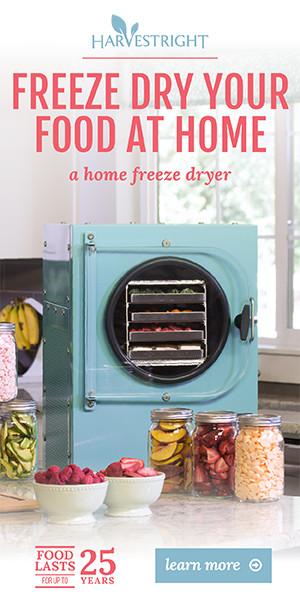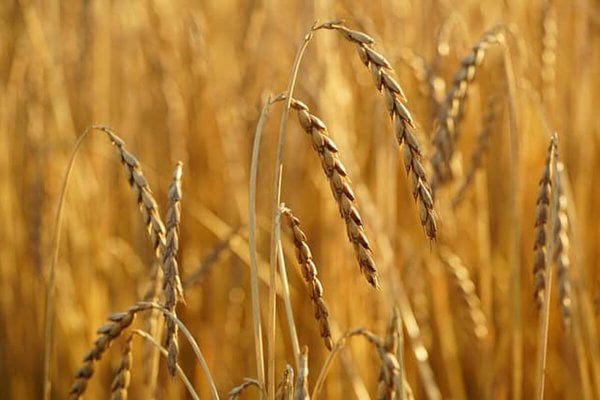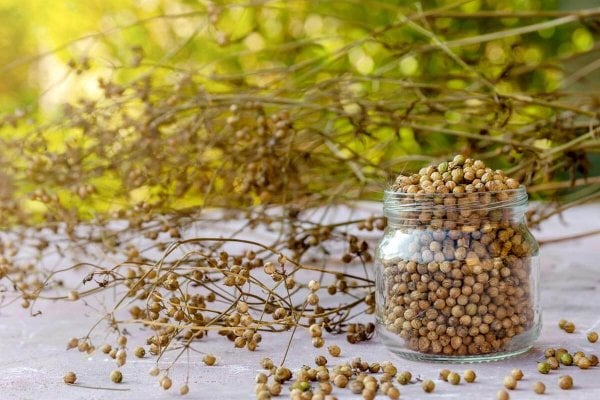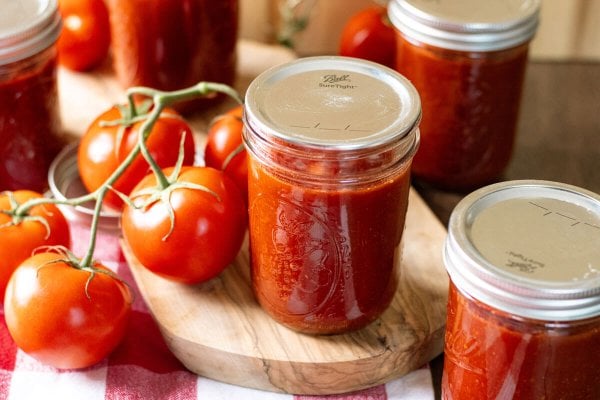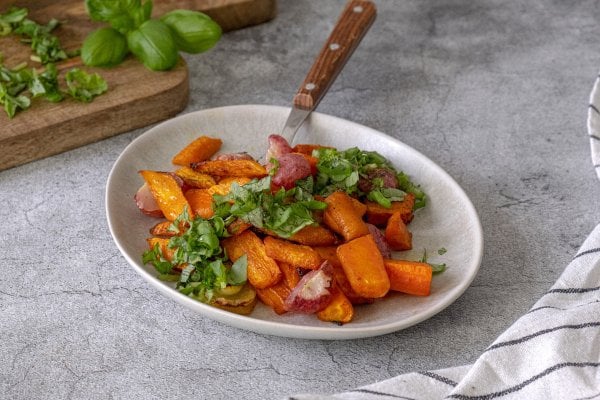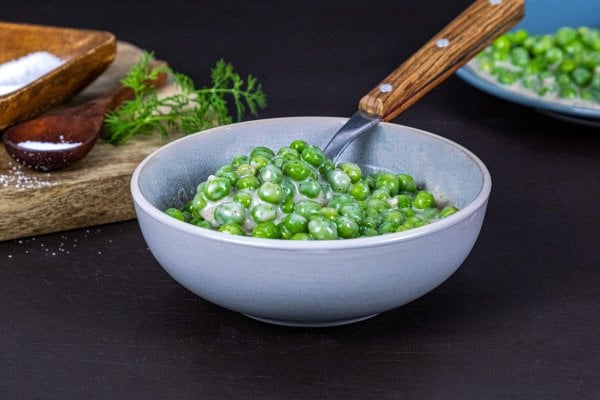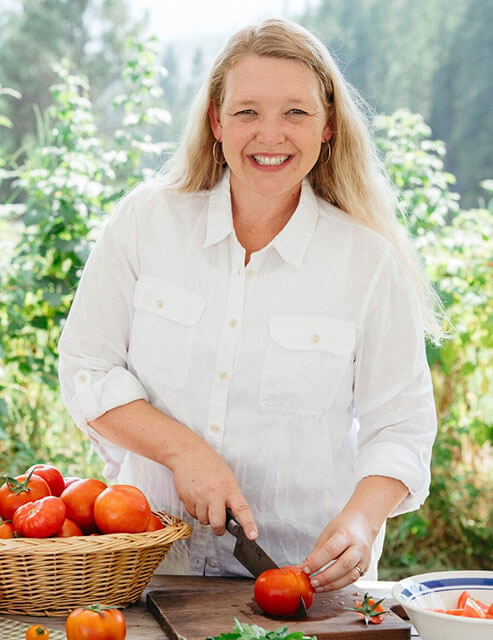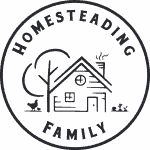Learning how to make your own tea blends at home can be very rewarding (and delicious!). Enjoy this podcast with CeAnne from Farmhouse Teas as she shares why blending your own loose-leaf tea at home is so beneficial.

You know we love our tea here at Homesteading Family! Whether we’re steeping tea for medicinal purposes like our herbal cold and flu tea, this stress-reducing hop tea, or this immune-boosting tea or for enjoyment like my favorite dandelion root tea latte, we’ve usually got a cup of something in hand.
Whether you’ve been blending tea for years or you’re brand new to the idea, this post is filled with tips and tricks for combining the best-tasting tea blends at home. Not ready to make your own tea blends? Check out these herbal tea blends from Farmhouse Teas!
About CeAnne
CeAnne is wife to “The Farmer” and Mama to four adopted children. She helps farm-lovin’ families turn common herbs into powerful medicines without the fuss to create health and wellness for their families. In 2014, CeAnne’s family left their small city lot for a two-acre farm outside of town.
With dreams of growing the bulk of their own food, they also started hand-crafting their own herbal medicines and teas. What started with a single packet of seeds has since turned into an incredible business selling across the globe.

Loose Leaf vs Bagged Tea
I grew up in a home where we only brewed loose-leaf tea. Because my parents spent so much time in Europe, we had proper tea time almost every day of the week.
If you grew up in a household that only made tea from a bag, it can take practice to get used to brewing loose-leaf tea.
- Better Quality: Though it’s convenient to buy tea bags at the grocery store, they’re usually made from tea powder and not actual tea leaves (or components). By buying loose-leaf tea, you’re getting better quality and more medicinal benefits from the whole leaf.
- Cheaper: Per ounce, you’re paying much more for pre-packaged tea bags from the store.
- Healthier: Depending on the material of the tea bag, it’s possible you’re getting a dose of microplastics and/or glue in each cup of tea you drink. (Source) Beyond that, if the tea bag is white, that means the material has most likely been bleached, and it’s possible you’re getting minor traces of bleach in your tea as well.

Best Herbs to Grow for Tea
CeAnne shared her favorite herbs to grow for blending teas:
- Calendula
- Lavender
- Mint (peppermint, catmint, lemon balm, spearmint, etc.)
- Chamomile
- Rose (petals and hips)
- Lemon verbena
- Stevia

How to Formulate a Tea Blend
Generally speaking, CeAnne formulates tea blends based on requests or cravings. For instance, someone requested an Earl Grey with Lavender blend, which is a very simple example. I love Sleepytime tea, so to mimic this, she may grab a box of Sleepytime tea, look at the ingredients and then use the Tea Pyramid (aka: Tea Triangle) below to formulate the blend:
- Base: This is the foundation of your tea blend. These are the primary herbs that will create the flavor profile, caffeine content and intended use.
- Middle Notes: The middle is the heart of the tea. These are generally nutritive herbs.
- Top Notes: The top is considered the finishing touch to your tea blend. These feature catalyst herbs.
Base Teas
As mentioned, the base of your tea blend is going to be the highest ratio. Think about what flavor you’re trying to create to give yourself an idea of where to start.
A good place to start for an herbal tea blend base could be chamomile, peppermint or elderflower.
Middle Notes
The middle notes of the tea blend are going to add depth and complexity to the overall flavor profile. Some ideas for middle notes could be botanicals, flavorful herbs or citrus peels.
You can also experiment with nutritive herbs by adding nettle, dandelion leaf or red clover.
Top Notes
I like to think of the top notes as the catalysts that will drive or activate the effectiveness of the first two layers of the pyramid in your body.
Think of ingredients like ginger, cinnamon, cardamom or black pepper.
You can learn more about tea pyramids here.

Mimicking Tea Blends
I am a Sleepytime Tea aficionado and have a cup to wind down almost every evening. I asked CeAnne’s help for tips on formulating my own homemade blend, and here are some tips she gave me:
- Ingredients: When trying to mimic a tea blend, you can “cheat” by buying a box to try and replicate the ingredients and the flavor. The first ingredient listed will be the main base note for your blend.
- Taste: It might be hard to get the flavor profile exact because tea bags are primarily powdered tea, which steep almost instantly. To help you figure out the flavor profile, brew a cup of the purchased tea and sample it against your blend to see if you can pinpoint the ingredient ratios and what flavors need to increase or decrease.
- Flavors: If the tea contains added flavoring, it will be difficult to mimic without the use of artificial flavorings. It’s not impossible, but it can be more difficult. Homesteading Hack: CeAnne shared that apple is a difficult flavor to add to tea because dried apples in water taste like nothing. If you want the flavor of apples, find a base tea that’s a bit tart, such as hibiscus, and then blend that with cinnamon and nutmeg (flavors that are commonly associated with apples) to trick your brain into thinking you’re drinking an apple-flavored beverage.
If you’re not ready to blend your own tea but want a healthier Sleepytime option, Farmhouse Teas has a blend called Plumb Tuckered Out tea. I can attest that it’s delicious!

How to Brew Loose-Leaf Tea
If you ever find yourself blessed with some loose-leaf tea but not sure how to brew it, follow these simple directions:
- Heat water to boiling (212° F).
- Add one teaspoon of loose-leaf tea to a French press, tea bag or other tea-steeping container.
- Pour 6-8 ounces of boiling water over the tea and steep, covered.
- For black tea, allow it to steep for 5-7 minutes.
- For herbal tea, allow it to steep for 5-10 minutes.
- For green tea, allow it to steep for 2 minutes.
Covering your tea while steeping may be new for you, but if your tea contains medicinal benefits, you’ll want to keep all those constituents inside the tea. This is why we cover it while brewing.
Homesteading Hack: We love making herbal iced teas in the summertime! You simply follow the same brewing directions above, then allow the tea to cool down and serve it over ice. Brew up a large pitcher to keep in the refrigerator! The medicinal values aren’t changed by drinking it iced or hot (except for hot yarrow tea for a fever).
Grab CeAnne’s free tea steeping guide to know exactly how long to brew each kind of tea.

Our Favorite Tea Accessories
Brewing a cup of tea should be an experience. Something that’s savored and enjoyed rather than slung back in a rush. Here are some of our favorite tea accessories from Farmhouse Teas:
- Homesteading Family Favorites – All our favorites on one page!
- Stainless Steel Tea Infuser – This is a great tea infuser that will fit in virtually any cup. The lid is great, so you can strain your tea and have a place to set it.
- French Press (Glass) – This is a six cup glass French press, great for making a larger batch of tea for multiple people (or iced tea in the summer).
- French Press (Stainless Steel) – If you’re worried about the glass breaking in a French press, we love this stainless steel option. It’s great for camping trips, and I never worry about my kids dropping it.

Know Your Herbs
As always, it’s important to know and understand herbal safety. If an herb is good for you (and tastes good) check that it doesn’t have any contraindications with other health issues you might have.
If you’re interested in blending your own teas, check out CeAnne’s blog; Grow, Create, Sip, to learn about herbal monographs, flavor profiles and which herbs blend well with others.

Where to Find Farmhouse Teas
You can purchase tea blends and more directly from the Farmhouse Teas website. CeAnne also has a blending course called Medicinal Teas in Small Spaces where you can confidently grow and blend medicinal teas easily with her simple road map.
Follow along with Farmhouse Teas on Instagram, Facebook and YouTube as well.


